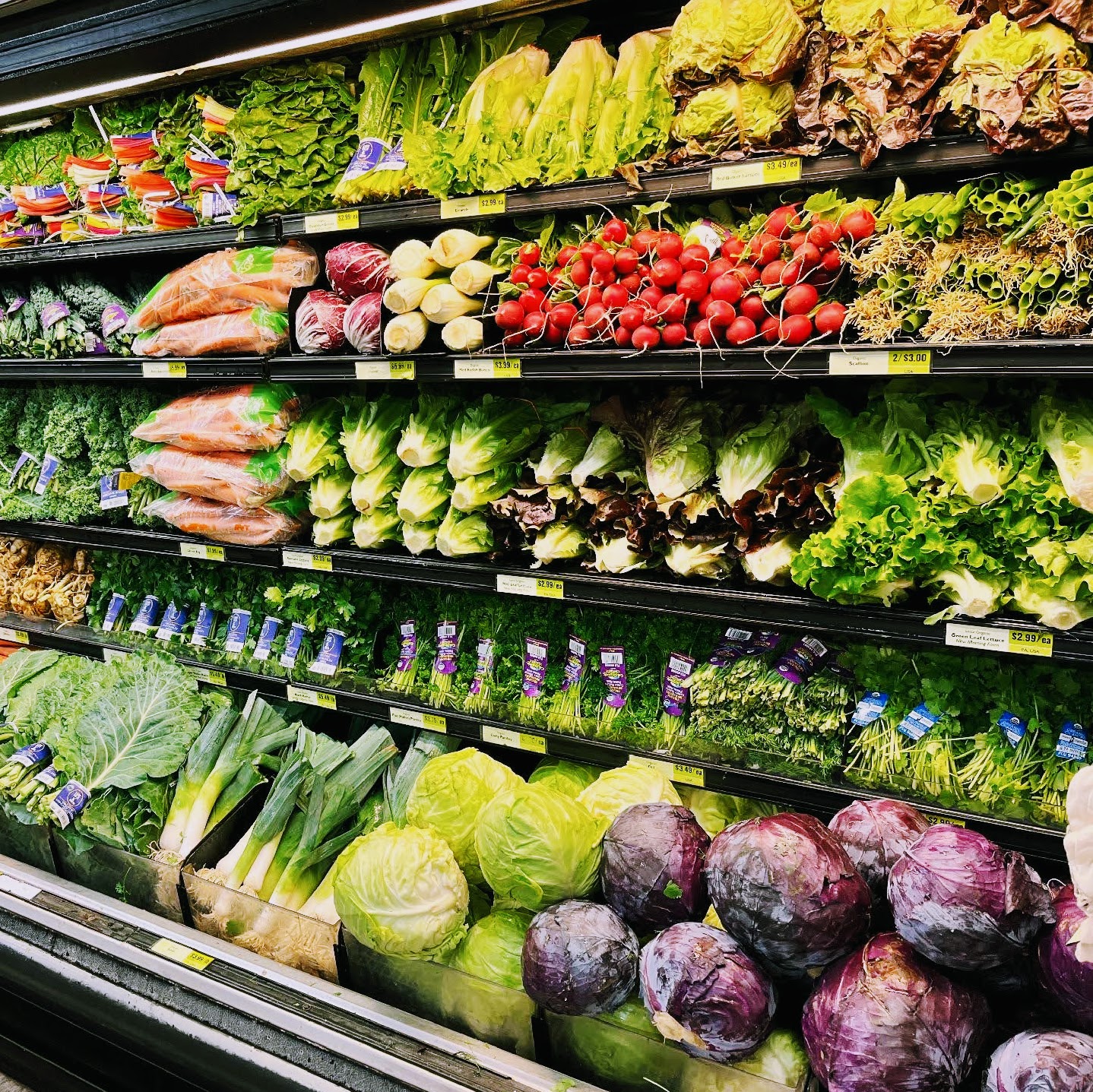
Fruits and Vegetables for Healthy Pregnancy
Despite the fast-paced lifestyle that so many of us lead, it is important to take time to think, plan, prepare, and purchase foods that will offer the most benefit — both physically and mentally — for you and your baby. Although this may take some more time upfront, it will undoubtedly pay off in the long run. Overall, whole fruits and vegetables have a much higher concentration of antioxidants than processed products of the same form. These antioxidants act as protective agents for many of the body’s systems and work to strengthen the body as a whole interconnected unit. It is good to keep in mind that frozen is always a great option if fresh fruits and vegetables are not available or affordable to you. These fruits and vegetables are often picked at their ripest and are flash-frozen to preserve key nutrients. And they can be purchased in advance and stored away for quite some time.
Do you ever wonder if buying organic produce is worth it or how to prioritize when it might not be feasible to buy exclusively organic? Well, there’s something out there to help! Each year the Environmental Working Group publishes a list called “EWG’s Shopper’s Guide to Pesticides in Produce.” This list ranks the pesticide contamination of 46 popular fruits and vegetables. The Department of Agriculture and the Food and Drug Administration test nearly 50,000 samples of produce to generate these results.
This list of 46 produce items is then split into two lists: the Dirty Dozen and the Clean 15; the top 12 produce items that test highest with pesticides and the bottom 15 produce items with the least amount of pesticide residue found, respectively. Something to note is that these fruits and vegetables have been tested for pesticides once washed and ready to eat, so simply washing and scrubbing won’t wipe away pesticides.
Here are the current lists:
Clean 15 — avocados, sweet corn, pineapple, onions, papaya, frozen sweet peas, asparagus, honeydew melon, kiwi, cabbage, mushrooms, cantaloupe, mangoes, watermelon, and sweet potatoes
Dirty Dozen — strawberries, spinach, greens (kale, collard, and mustard), nectarines, apples, grapes, bell and hot peppers, cherries, peaches, pears, celery, and tomatoes.
As food culture and its subsequent marketing of what’s “good” and “bad” ebbs and flows, take time to do your own research to determine what is best for you and your values.
Although supplements may be necessary (always check in with your provider!) and are great at supplementing or filling in the gaps of your current diet, it is important to focus first on the foods you are putting into your body. Depending on the brand, the ingredients in supplements may not be the most bioavailable form, which means your body will have to work a lot harder to convert it to something it can use. As the nutrients found in fruits and vegetables are in at their most natural form, our bodies can absorb them in a more efficient and useful way.
Compared to processed or liquid forms, whole foods contain more fiber and many beneficial antioxidants, vitamins, and minerals. These nutrients help decrease inflammation in the body and protect the body from the effects of oxidative stress. A specific nutrient, folate, found in the highest amounts in dark leafy greens and cruciferous vegetables, can positively impact the brain by helping to promote and maintain the balance of chemicals. Not only is folate specifically beneficial for your own brain’s health, it is vital for your baby’s developing spine and brain.
Often only getting a negative rap, it’s important to consider that not all “processed” foods should be categorized as “bad.” Some processing procedures such as enrichment or fortification actually can add to the nutrient quality of the food product. For individuals with tighter budgets and less assortment to choose from, enriched or fortified foods can offer more benefits than those products that do not have these added nutrients.
As a refresher, “fortification” is the process of adding micronutrients to food products (e.g. breakfast cereals and fruit juices), whereas “enrichment” is the process of adding back in the nutrients lost in the processing of the food (e.g. flour). These vitamins and minerals help bolster the product by increasing its nutrient concentration.
Some parting thoughts:
· Try not to get overwhelmed and stay on the lookout for captivating marketing tactics.
o Do your research, determine what will work best for you, and head down that route. Stick to the basics of simple, nutrient-dense foods.
· Variety is important!
o Eat different fruits and vegetables — try to branch out from the basics, follow the Clean 15/Dirty Dozen lists on when to prioritize buying organic.
o Try a new fruit or vegetable each week — smoothies are an easy way to incorporate new and different fruits/vegetables into your diet.
· Take advantage of farmer’s markets! There are many scattered around the city, and not all are only on the weekend!
· Look into joining a CSA. This may help in expanding your palate by receiving new foods each week you may not have thought to buy.
· Come to the Co-op! We have a beautiful and wide variety of produce, and many from local producers as the season permits. Learn more about East End Food Co-op here.

Leave your comment